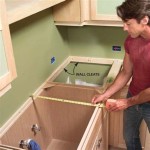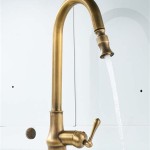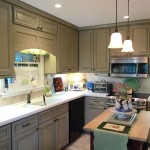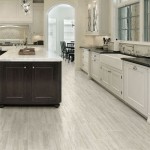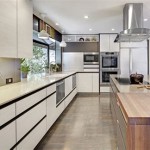Kitchen cabinets are a key component of any kitchen design, and an effective cabinet layout can make or break the look and feel of your kitchen. Whether you’re remodeling your existing kitchen or planning a new one, a kitchen cabinet layout designer can help you create a look that is both functional and stylish. Here are some tips and tricks to help you create the perfect kitchen cabinet layout.
Choose Your Cabinet Style
The first step in designing a kitchen cabinet layout is to decide on the style of cabinets you want to use. Consider factors such as the size and shape of your kitchen, the type of materials you want to use, and the overall look you’re going for. Popular cabinet styles include traditional Shaker-style cabinets, contemporary flat-panel cabinets, and rustic country-style cabinets. Once you’ve chosen a style, you can move on to selecting the materials and finishes.
Create a Detailed Floor Plan
Once you’ve chosen a cabinet style, it’s time to create a detailed floor plan. Measure the dimensions of your kitchen and draw a basic floor plan, including the walls, windows, doors, and appliances. Once you have a basic plan in place, you can start to add the cabinets. When choosing cabinet locations, consider the layout of your kitchen appliances, as well as any additional storage needs. For example, if you have a separate pantry, you may want to place a tall cabinet near the pantry door to provide easy access to items stored inside.
Choose the Right Dimensions
When choosing cabinet dimensions, keep in mind the size of the items you plan to store inside. If you plan to store large items such as pots and pans, you may want to invest in deeper cabinets with adjustable shelves. If you plan to use shallow cabinets for items such as dishes and glasses, make sure the cabinet doors are wide enough to allow for easy access. You may also want to choose cabinets with drawers for items such as utensils that need to be stored in an organized manner.
Select the Right Accessories
Finally, when designing your kitchen cabinet layout, don’t forget to include accessories such as pulls, knobs, and hinges. These elements can help bring your kitchen design together and give it a finished look. Consider factors such as the size and shape of the accessories, as well as the material and color. Choose accessories that complement the overall style of the kitchen, and make sure they are easy to reach and use.
.jpg)








.jpg)





Related Posts

